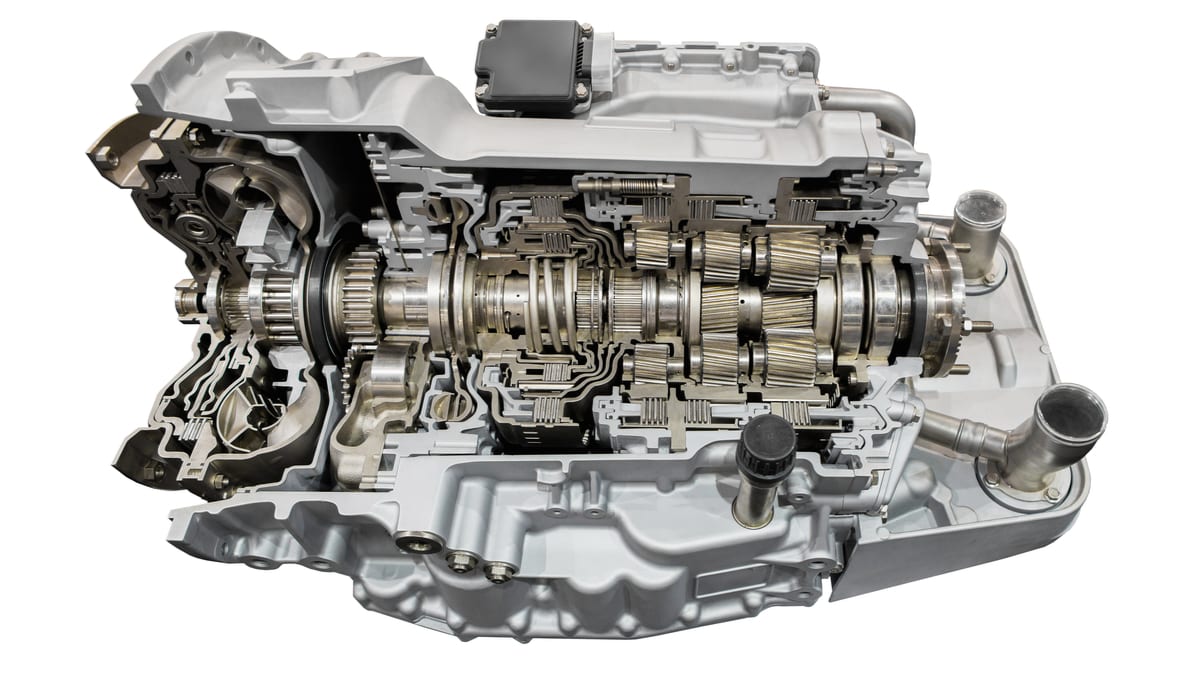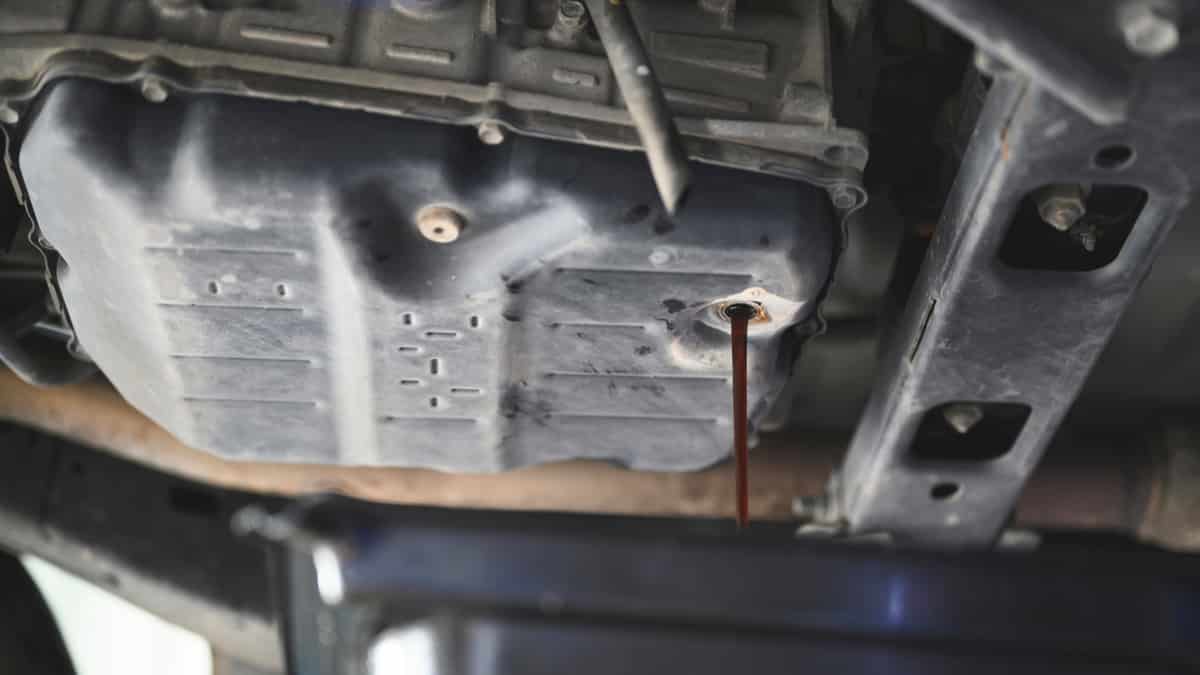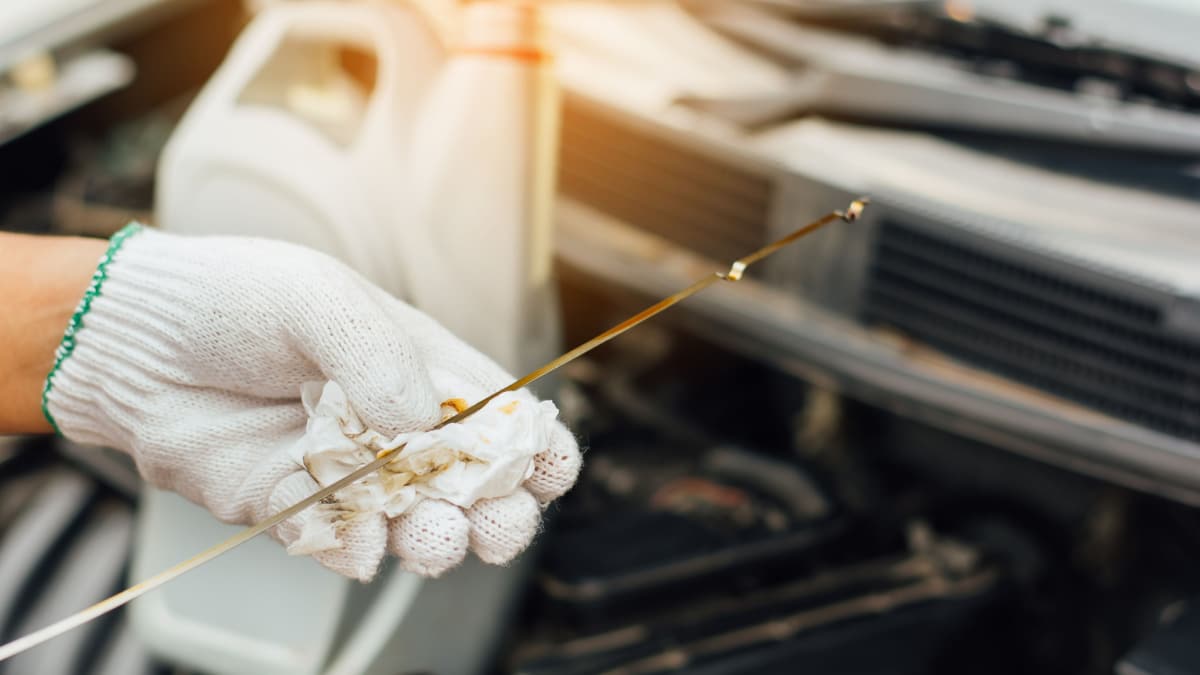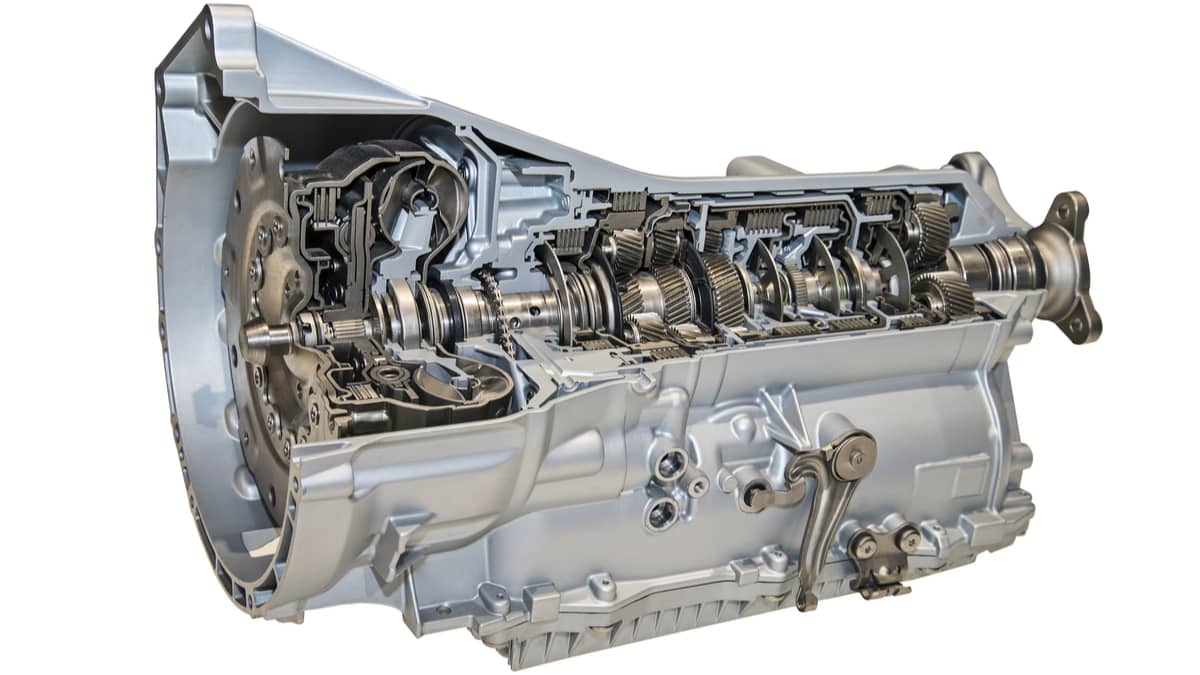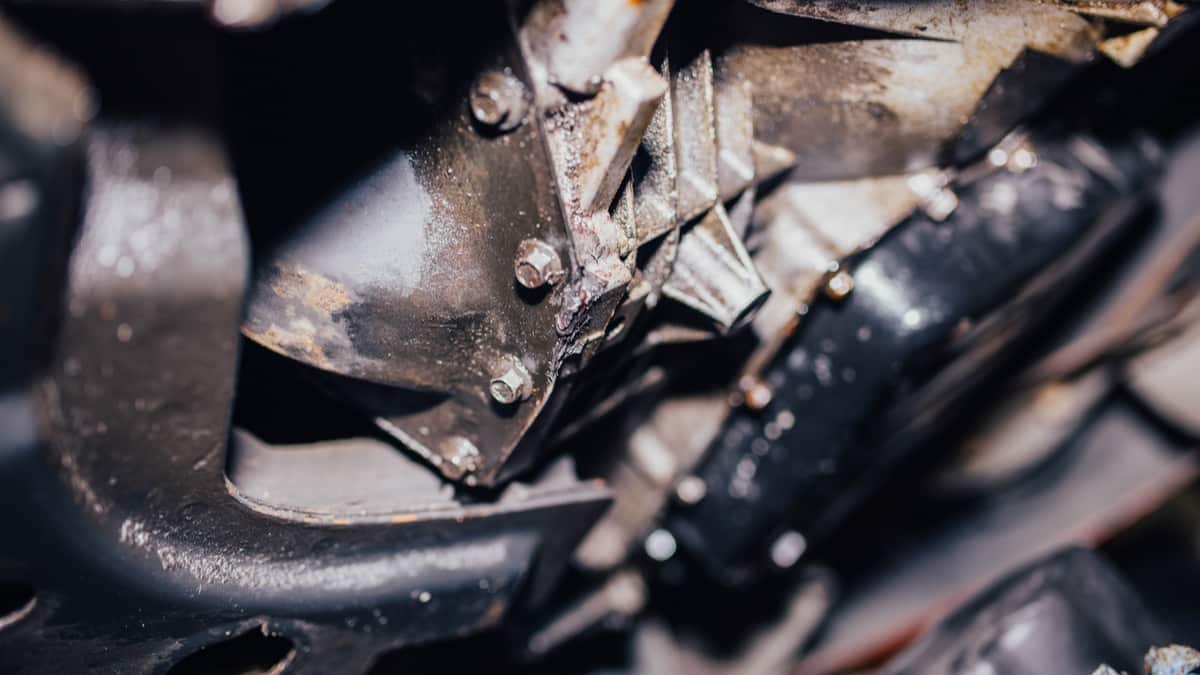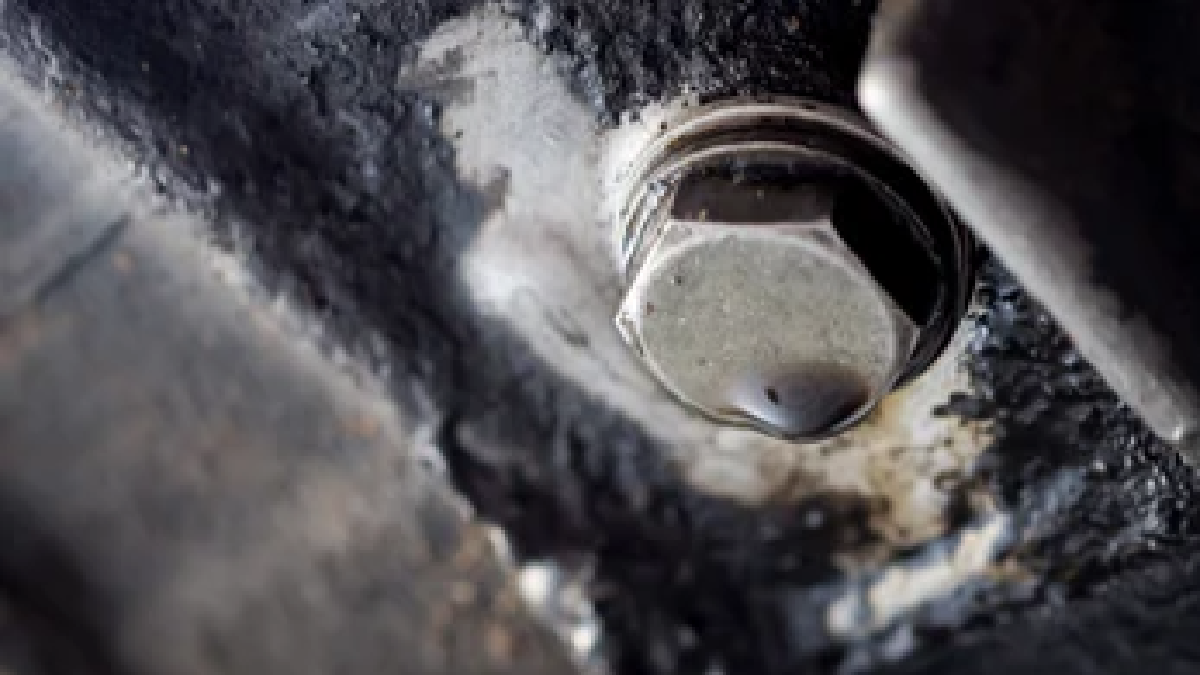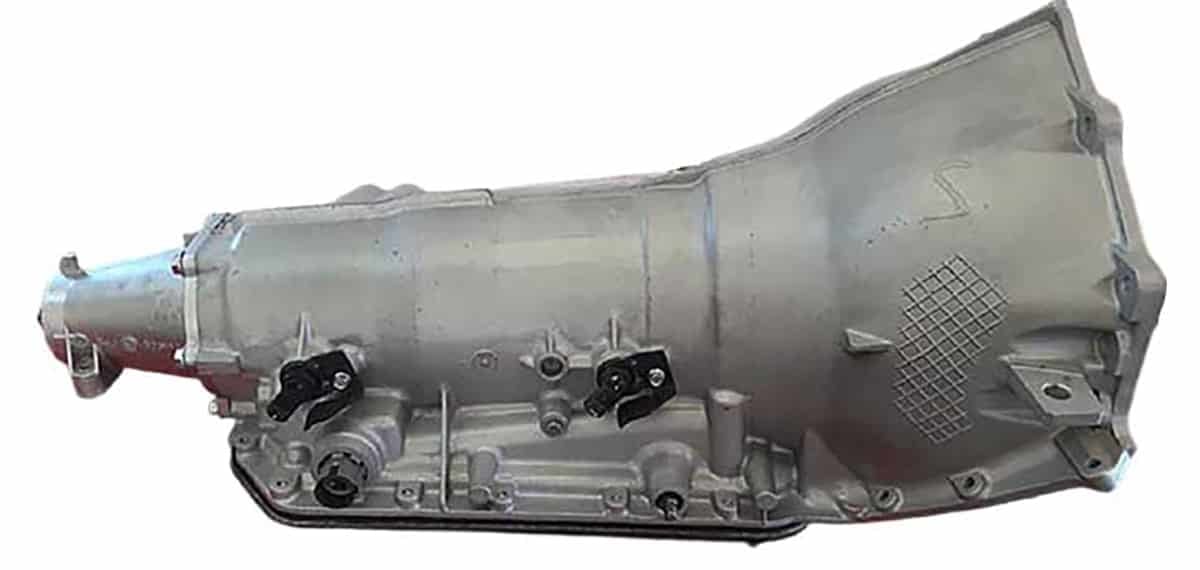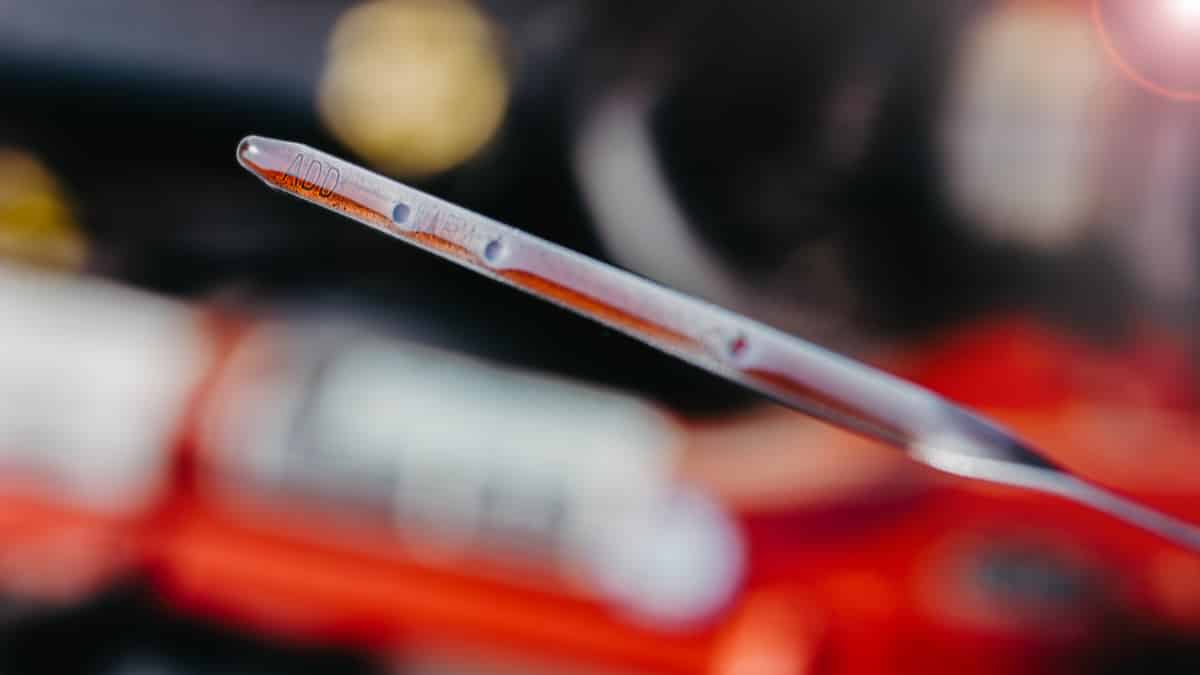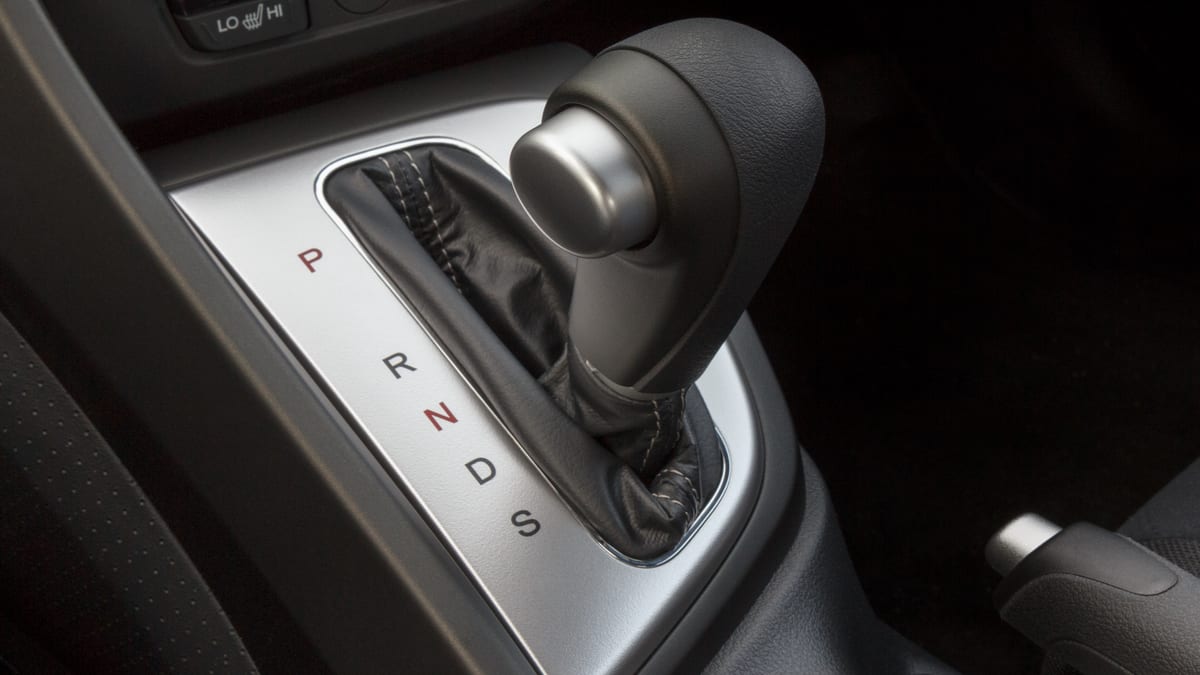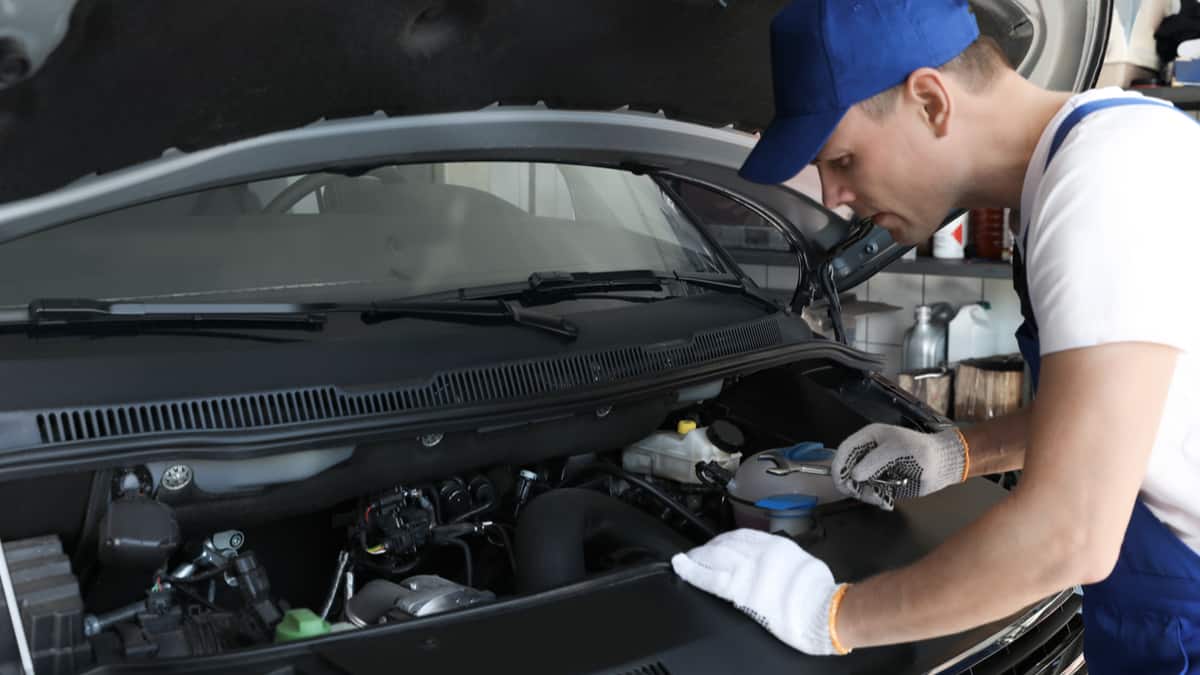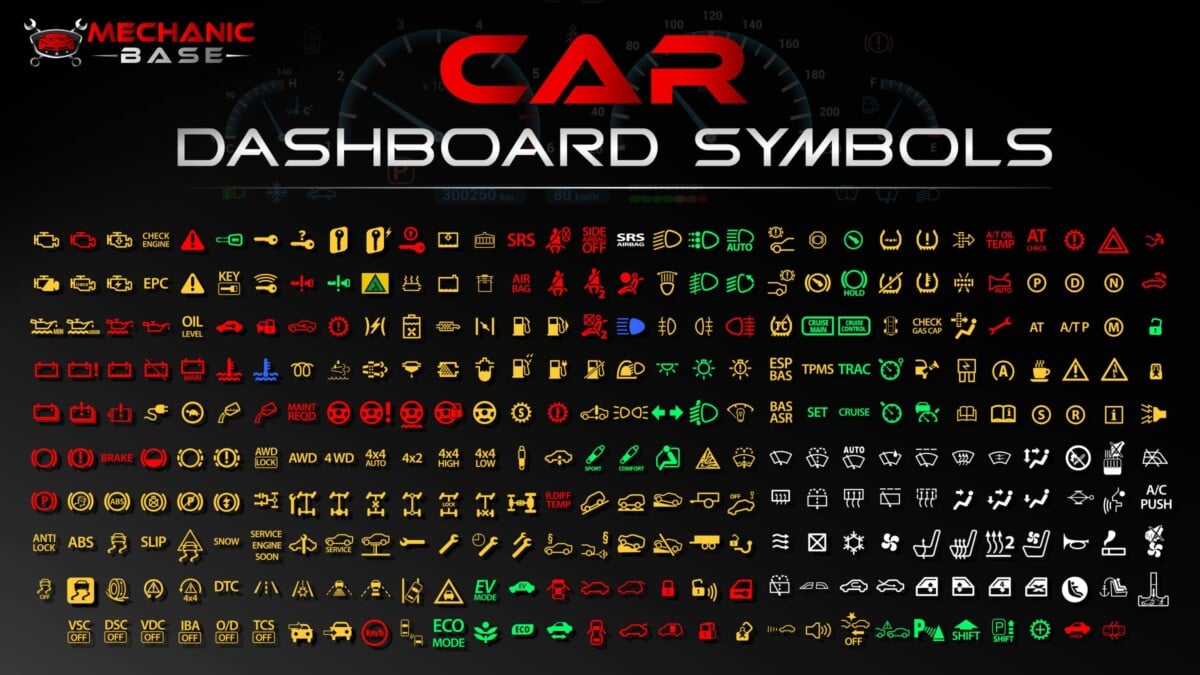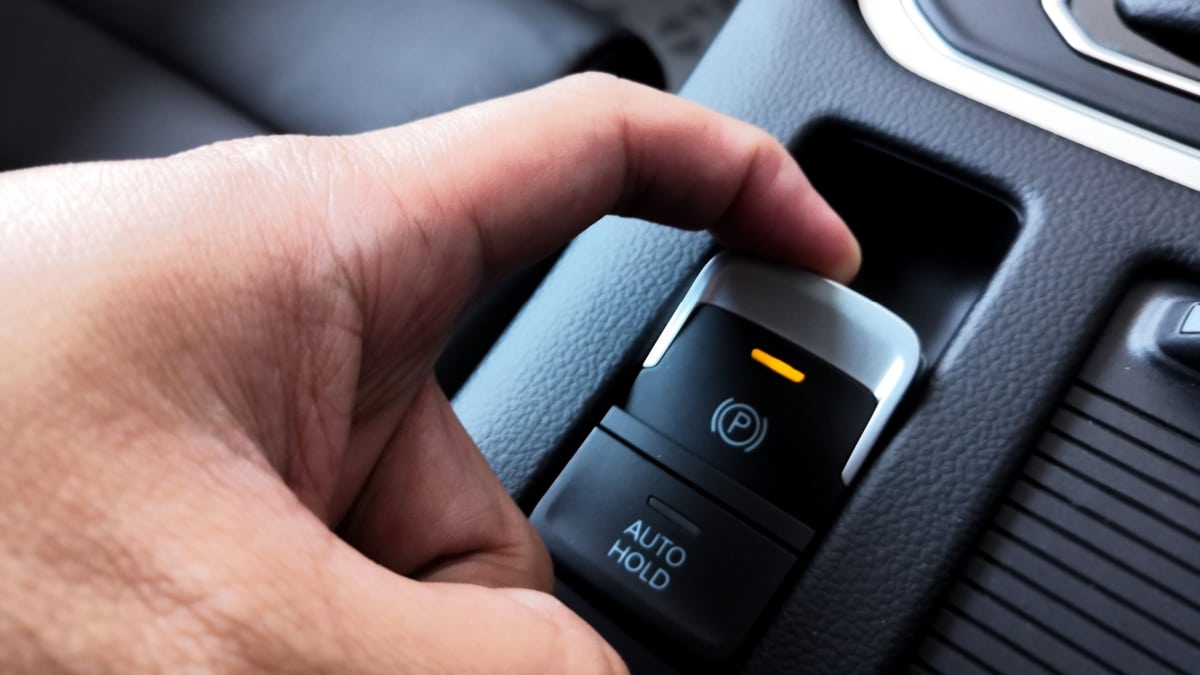The most important and expensive components of your vehicle are the engine and the transmission. But while lots of people know what to look for to diagnose your engine with a problem, the transmission doesn’t always get the same amount of attention.
In this guide, I’ll break down the ten most common transmission problems, before walking you through how to troubleshoot and fix some of the simple ones.
10 Most Common Transmission Problems
The most common transmission problems are leaking seals, a worn clutch, or old transmission oil. Faulty components inside the transmission, such as bad shift solenoids, bad transmission belts, or a faulty torque converter, are also very common.
Here is a more detailed list of the most common transmission problems and issues:
1. Leaking Seals

Just like your engine, oil fills your transmission to keep everything running smoothly. That transmission fluid is held inside through gaskets and seals, and as your transmission ages, those gaskets and seals can wear out. If this happens, you’ll get a leak, and you’ll have big transmission problems.
RELATED: 6 Causes of Transmission Fluid Leaks
2. Worn Out Clutch
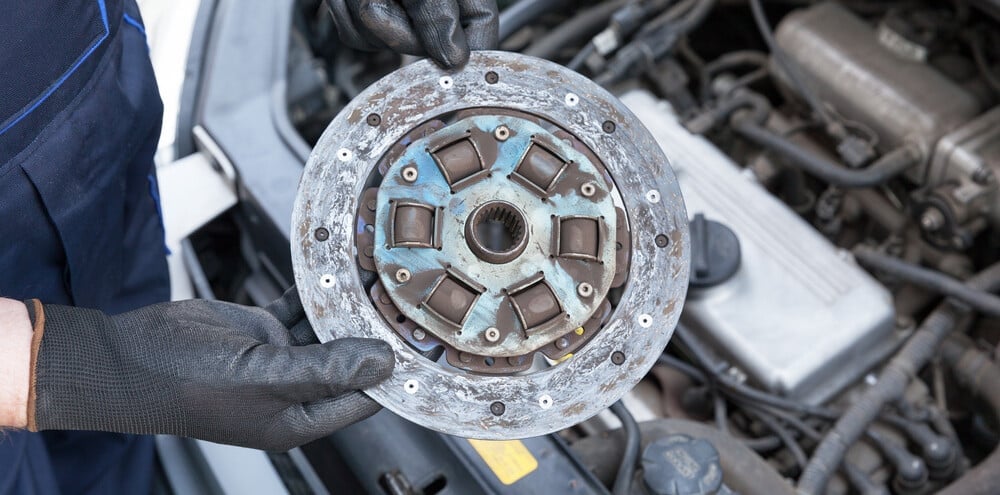
If you drive a vehicle with a manual transmission, one of the most common problems you’re going to encounter is a worn-out clutch. Replacing a clutch isn’t easy or cheap, but it’s necessary to keep things running the way they should.
3. Old Transmission Fluid/Filter
While you don’t need to change your transmission fluid as often as your engine oil, it still doesn’t last forever. Check out your vehicle’s owner’s manual to see how often you should be changing your transmission fluid.
4. Broken Sensor
Modern vehicles have sensors everywhere, and that includes the transmission. A common problem is that, as a vehicle ages, those sensors start to wear out and breakdown. When this happens, you’ll need to replace them.
5. Slipping Gears
Whether you drive an automatic or manual transmission, as it ages, it can start to slip gears. While this might be more noticeable in a manual, it certainly happens in automatic transmissions.
6. Worn Torque Converter
If you have an automatic transmission, you have a torque converter. While a torque converter has a pretty decent service life, it’s not unheard of for them to wear out. If this happens, you’ll hear grinding noises as your transmission shifts gears, and your transmission will need a rebuild.
7. Faulty Shift Solenoids
Solenoids usually last longer than sensors, but if your transmission gets old enough or if you’re just unlucky, you might find that your transmission has a faulty solenoid. Solenoids are more expensive than sensors, so be prepared to spend a little more on repairs.
RELATED: 7 Symptoms of a Bad Transmission Shift Solenoid
8. Overheating Transmission
While an overheating transmission is a sign of a deeper problem, it might be the only thing you notice. There are tons of reasons your transmission might overheat. From jammed gears to old transmission fluid, you’ll need to thoroughly troubleshoot your transmission to find out what’s going on.
9. Broken Transmission Bands
Transmission bands hold different gears together to get you the proper output ratio. But when these bands start to break, you’ll find that your transmission simply doesn’t have gears that it should.
This is a problem with automatic transmissions, so what you’ll notice is a transmission that gets stuck in higher or lower RPMs and won’t accelerate like it’s supposed to.
10. Rough Shifting
Rough shifting is another problem that has a litany of underlying potential causes. There could be jammed gears, worn bands, or about a dozen other problems. The only way to find out for sure is to tear apart your transmission and rebuild it.
Basic Transmission Troubleshooting

While there are plenty of issues that can lead to a faulty transmission, if you know what you’re looking for, you can catch problems early and save yourself a ton of money.
That’s why I took the time to help you troubleshoot three of the common problems here. That way, you can fix problems when they’re small.
Leaks
Troubleshooting a leak is one of the more straightforward jobs. Look for the highest point of a leak, gravity pulls fluid down, so once you’ve found the top you’ve located the leak. If it’s coming from the bottom, it’s likely the transmission pan, but it’s likely a front main if it’s coming from the front.
Find the leak, then look into how complicated and expensive the repairs will be.
Rough Shifting/Slipping Out of Gear
When you find that your transmission is rough getting in and out of gears, the best thing you can do is a transmission fluid flush and add a little bit of a slip-stop additive to get things running like new.
While this won’t always work, if you catch the problem early enough, it might be just what you need to get another 40,000 to 50,000 miles out of your transmission before you need a rebuild.
Unable to Get Into Gear
When your transmission can’t get into or out of a specific gear, it can because of any number of problems. Start by hooking up an OBD II reader to your vehicle and seeing if the TCM generates any codes. If this is the case, your problem might be as simple as a faulty sensor or solenoid.
However, if you don’t have any TCM codes, there is likely something seriously wrong inside your transmission. This could be snapped bands or jammed gears. Either way, you’ll need a rebuild. Transmission rebuilds aren’t cheap, so you might want to start saving up now.
Summary
There are few components as critical as your transmission. That’s why you need to have a thorough understanding of how it works and keep an eye out for when things aren’t running the way they’re supposed to.
While transmission repairs can be expensive, you can often catch the problems early on if you know what you’re looking for. Hopefully, this guide gave you everything you need to know to diagnose your transmission and keep things running the way they should.
That way, the next time you hit the open road, you can rest easy knowing that your vehicle is going to run just like it’s supposed to.
Categories: Transmission
